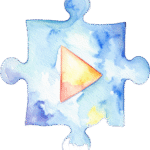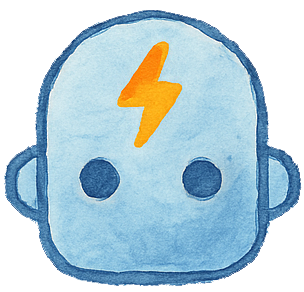Not all learning happens at a desk. When kids move their bodies, they engage their brains in a whole new way. That’s why active coding games are a great fit for teaching logic and sequencing. These games help kids practice problem-solving skills using physical movement, not screens.
If your child likes to jump, run, or clap out patterns, active coding games are a perfect match.
Why Movement Works
Kids remember what they do. Kinesthetic learning taps into physical actions to help the brain understand concepts better. As a result, when you pair movement with logical thinking, kids don’t just hear about code. They experience it.
An “if/then” rule becomes real.
If I clap twice,
then I spin in a circle.
This helps conditionals and sequences click in a natural, memorable way. And with active coding games, logic becomes part of how they play.
Try These Active Coding Games

Now that you know the benefits, here are a few unplugged activities that teach coding logic through physical play.
1. Human Robot Game
Let your child act like a robot and follow step-by-step instructions.
- Step 1: Walk forward three steps
- Step 2: Turn right
- Step 3: Clap twice
Then let them “program” you. This helps kids understand commands and see what happens when something goes out of order. If a step doesn’t work, they can “debug” the program and try again.
In fact, active coding games like this one connect language to logic in a fun, hands-on way.
2. Tape Grid Coding
Create a simple grid on the floor using painter’s tape or chalk. Place an object in one square and ask your child to reach it using coding-style commands like:
- Move forward one square
- Turn left
- Repeat last two steps
You can also add color-based rules such as “If you land on blue, jump instead of step.”
As your child plays, they build sequencing and spatial reasoning skills. This is why many families love active coding games for early learners.
3. Clap and Jump Patterns
Make a movement key using simple actions. For example:
- Clap = move forward
- Stomp = turn
- Spin = start over
Then call out a series of movements as a “code.”
To make it harder, add a challenge:
“If you hear the word ‘start,’ then do the whole pattern twice.”
These types of active coding games are great for high-energy kids and work well with small groups or siblings.
4. Obstacle Course Coding
Design a small obstacle course using pillows, chairs, or cones. Let kids write or draw the steps needed to complete it using arrows or simple symbols.
Then have them test their “code” by running through it. Even if something goes wrong, it’s a great chance to fix the steps and try again.
This is one of the most flexible active coding games to try at home. Plus, you can adjust it for different spaces, themes, or age levels.

Build Logic with Play
These games are fun and also build real skills. Every time your child follows a sequence, corrects a mistake, or plans ahead, they are practicing core programming skills.
They are learning how to:
- Follow and give directions
- Think through problems
- Fix errors
- Plan in steps
- Understand “if/then” logic
In the end, they’re doing it all through joyful movement using active coding games that make learning stick.
Keep the Momentum Going
Want more fun ideas like this?
Visit our guide to unplugged coding activities that teach logic, sequencing, and problem-solving through hands-on learning.
For even more unplugged ideas, check out this guide to offline coding activities from Kodable. It includes simple, hands-on games designed to help kids build coding skills through movement and collaboration.
Whether you are homeschooling or just looking for something engaging for rainy days, these unplugged games can help your child move, think, and grow.


Leave a Reply